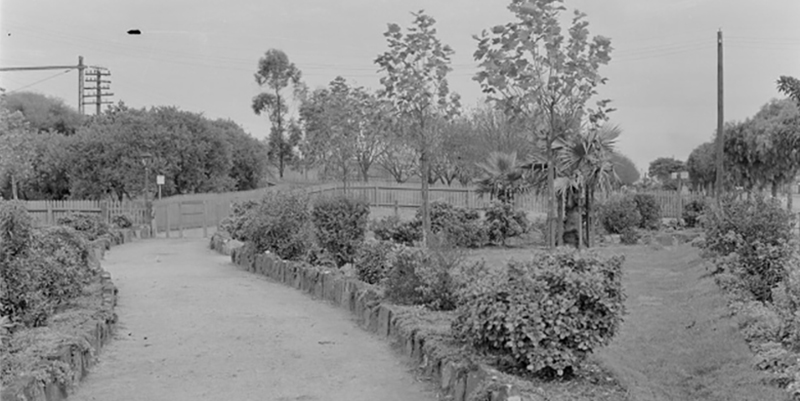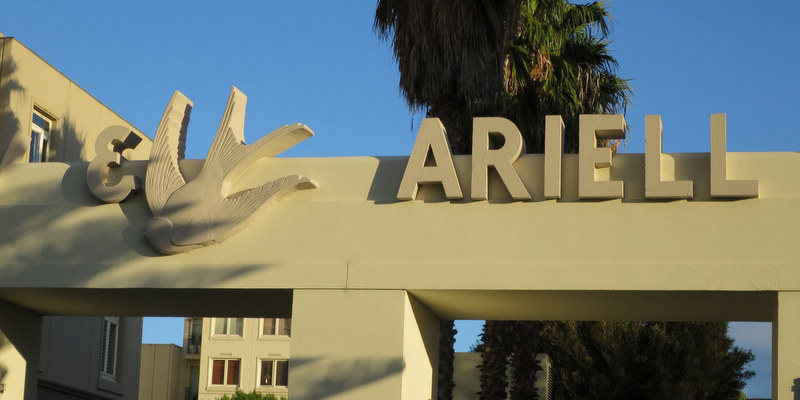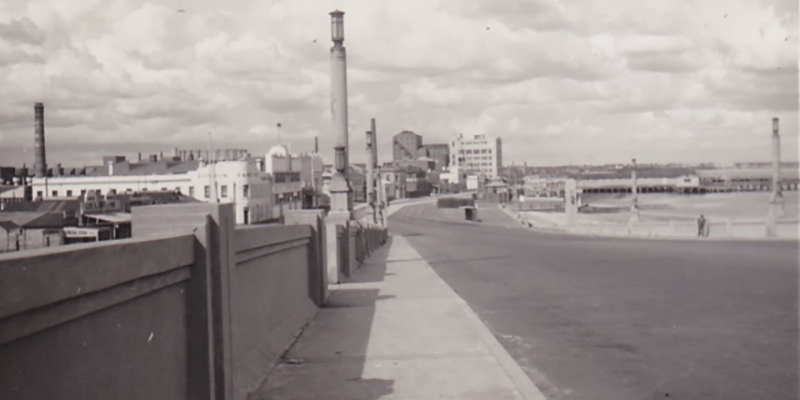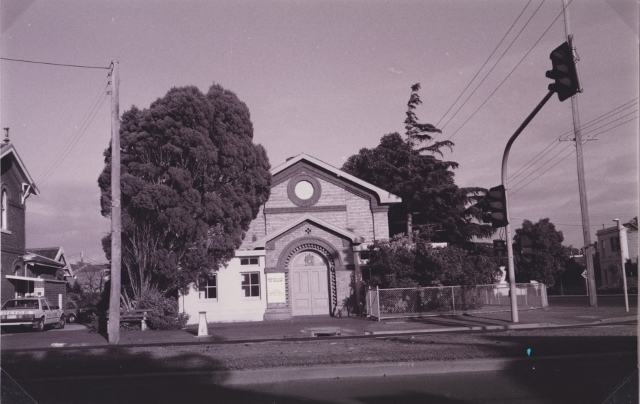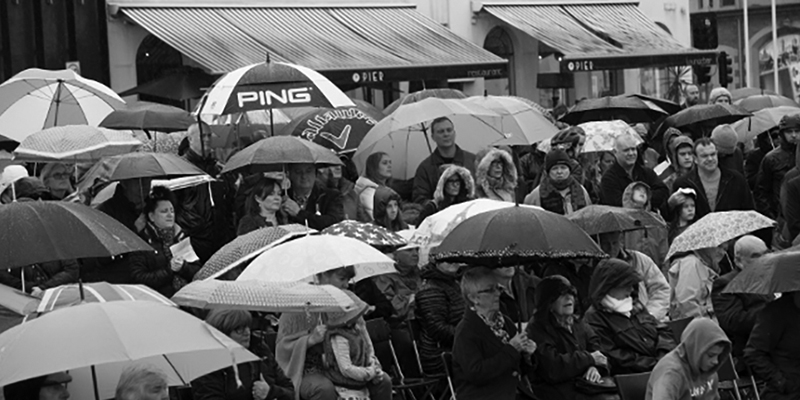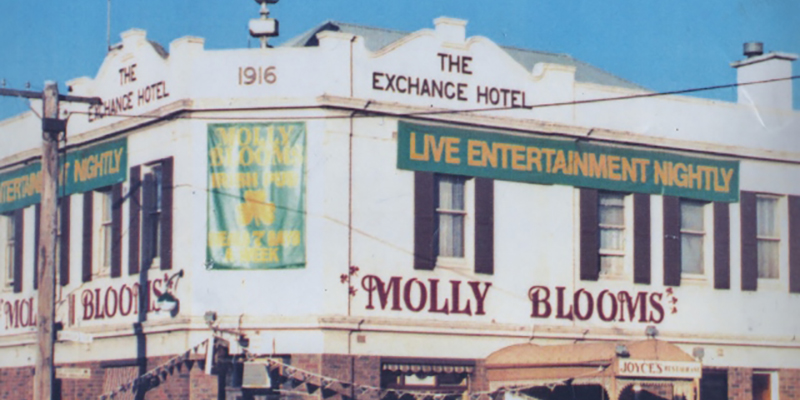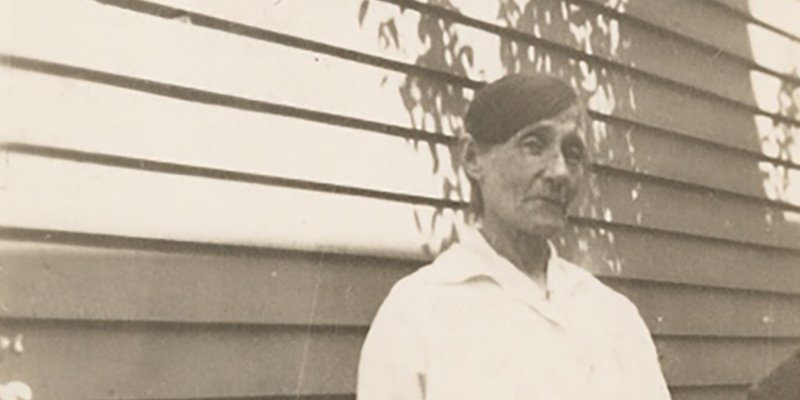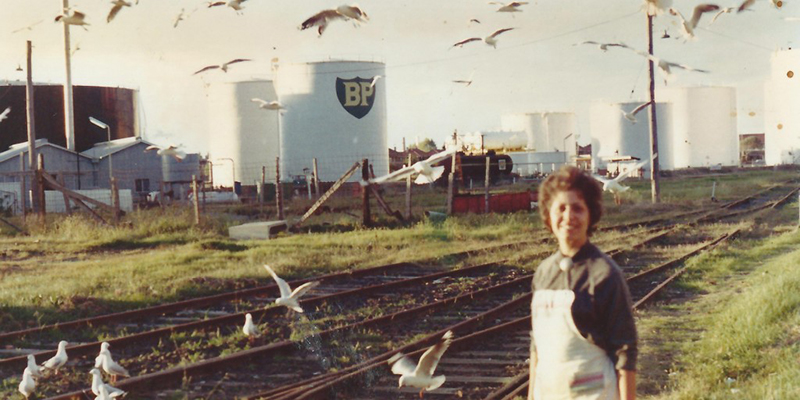Sandridge was lucky. It was because of its significant position on the bay that the Melbourne and Hobsons Bay Railway was opened, and favoured with so generous a grant of land on which to lay its tracks. Along that short rail route between Flinders Street and the bay, a strip of Crown land one hundred yards wide was set aside as…
